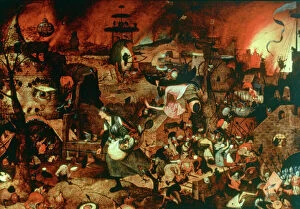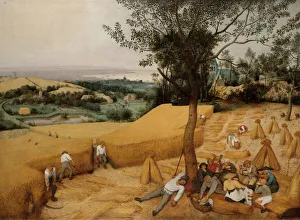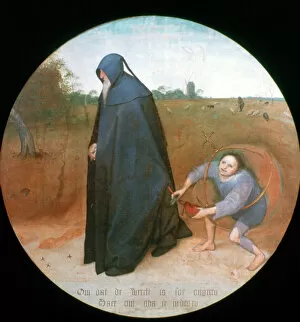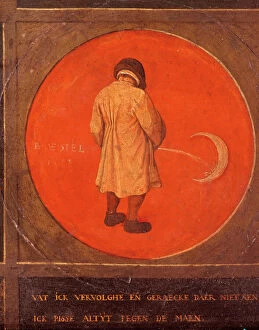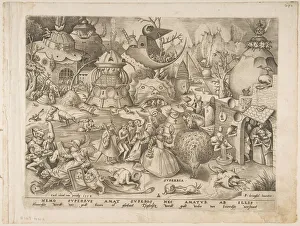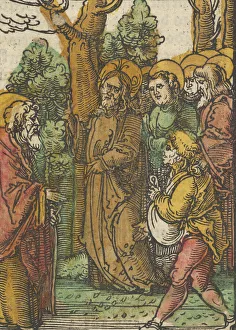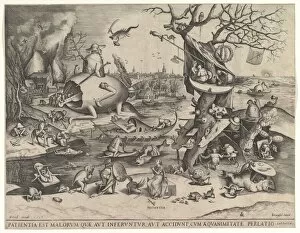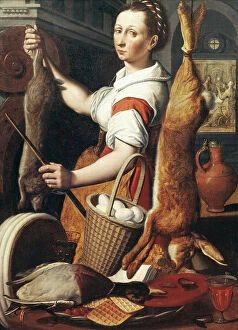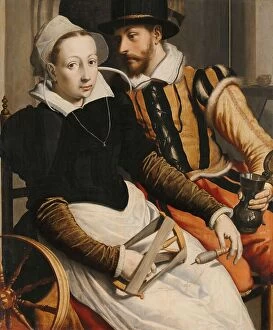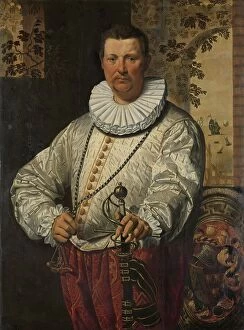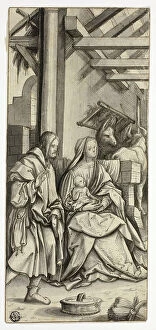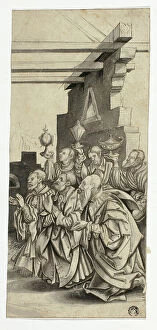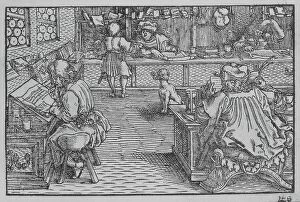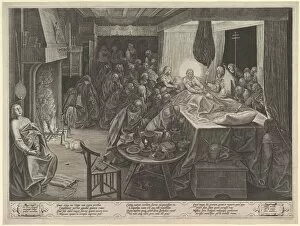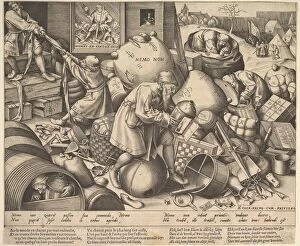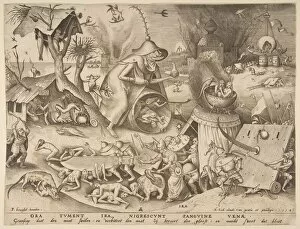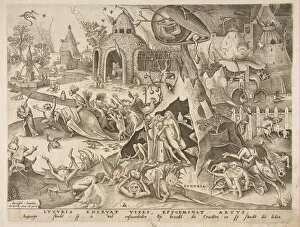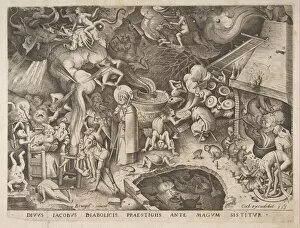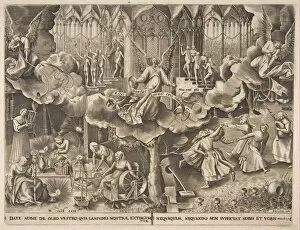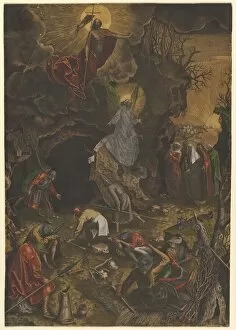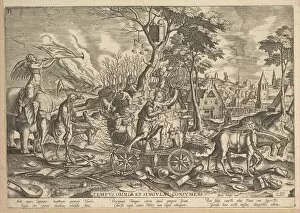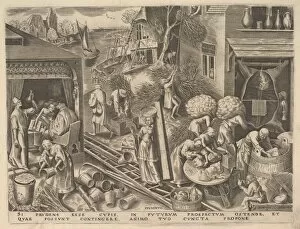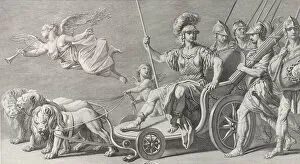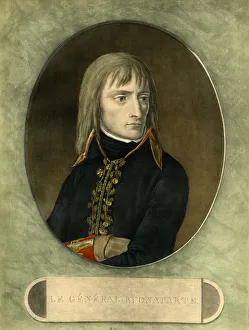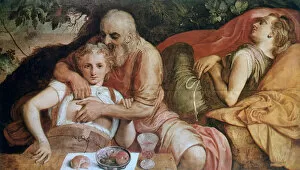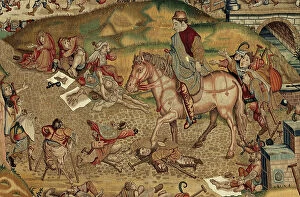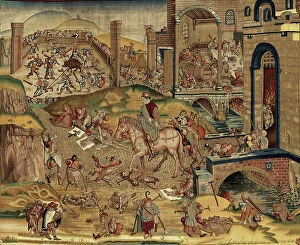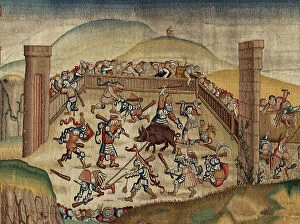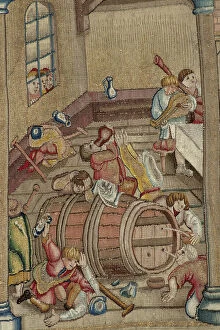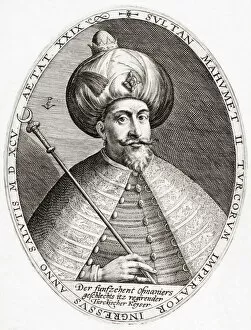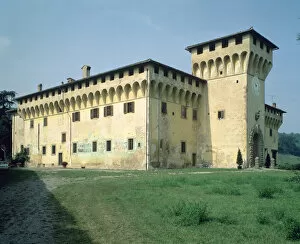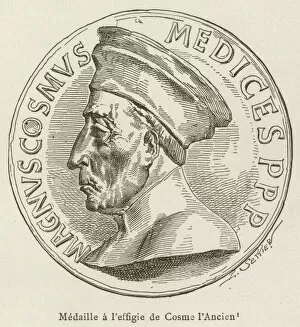The Elder Collection
"The Elder: A Glimpse into the Mind of a Master Artist" Step into the world of Pieter Bruegel the Elder
All Professionally Made to Order for Quick Shipping
"The Elder: A Glimpse into the Mind of a Master Artist" Step into the world of Pieter Bruegel the Elder, an artistic genius whose works continue to captivate and intrigue audiences even centuries later. From his iconic paintings like "Dulle Griet (Mad Meg)" and "The Harvesters" to his lesser-known yet equally thought-provoking pieces such as "Whatever I do, I do not Repent, I Keep Pissing against the Moon, " Bruegel's artistry knows no bounds. His collaborations with fellow artist Pieter van der Heyden resulted in stunning engravings like "Patience (Patientia)" and "Pride (Superbia) from The Seven Deadly Sins, " showcasing their ability to depict complex emotions through intricate details. Bruegel's exploration of religious themes is evident in works like "The Parable of the Sower and the Weeds" from Das Plenarium and Philip Galle's engraving, "The Parable of the Good Shepherd. " These pieces invite viewers to reflect on profound biblical teachings while admiring their visual beauty. In contrast, Bruegel also delves into scenes depicting everyday life. His masterpiece, "The Peasant Dance, " captures a lively celebration filled with joyous movements that transport us back in time. Similarly, his painting titled "Misanthrope" portrays a solitary figure lost in contemplation amidst bustling surroundings—a poignant reminder of human introspection. Beyond his own creations, Bruegel's influence extended beyond borders. William Faithorne's portrait of King Charles II pays homage to this revered monarch while showcasing Faithorne's skillful craftsmanship. However, it is perhaps Philip Galle who best encapsulates Bruegel's legacy through engravings such as "The Death of the Virgin" and especially in one haunting piece entitled "The Triumph of Death. " This macabre depiction forces us to confront our mortality, reminding us of the fleeting nature of life.

